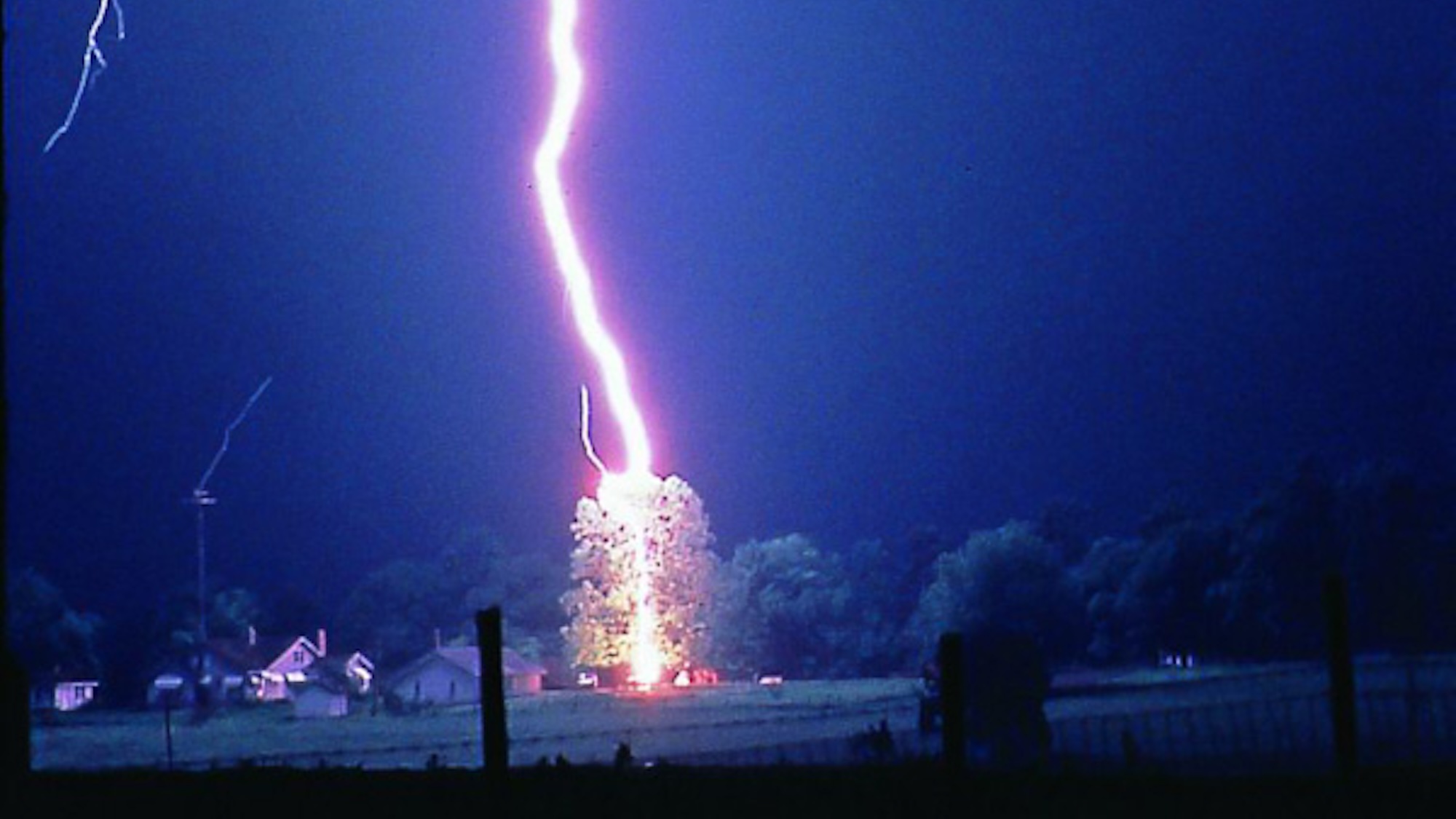Now Reading: Lightning Strikes Claim 320 Million Trees Annually
-
01
Lightning Strikes Claim 320 Million Trees Annually
Lightning Strikes Claim 320 Million Trees Annually

Rapid Summary:
- Researchers at Germany’s Technical University of Munich (TUM) have discovered lightning destroys approximately 320 million trees annually worldwide.
- These figures exclude tree losses from wildfires ignited by lightning, focusing solely on individual tree deaths.
- Lightning strikes contribute to between 2.1% and 2.9% of annual plant biomass loss globally, emitting an estimated 0.77-1.09 billion tons of carbon dioxide each year due to decaying trees killed by lightning strikes.
- The study utilized a new climate model combining global vegetation patterns, datasets on lightning activity, and observational data to produce results beyond prior field observations in limited forest areas.
- Carbon emissions from lightning-struck trees are second only to wildfire-related releases for plants but still substantially lower compared to wildfires’ total carbon output (5.85 billion tons annually).
- Climate models predict increasing global frequencies of thunderstorms in the future, which could amplify this problem further.
Image Caption: The estimate doesn’t include trees destroyed during wildfires ignited by lightning (Credit: NOAA National Severe storms Laboratory).
Indian Opinion Analysis:
The study highlights a perhaps underappreciated environmental challenge for India given its sizeable forest cover and vulnerability to frequent thunderstorms during monsoon seasons. With growing evidence that thunderstorm-related tree mortality contributes meaningfully to both ecosystem degradation and carbon emissions, policymakers in India might consider incorporating this phenomenon into broader climate action strategies such as afforestation initiatives or carbon management plans.
furthermore, if predictions about increasing extreme weather events due to climate change hold true for the Indian subcontinent-home to diverse biodiversity hotspots-the implications may include compromised forest health alongside larger systemic challenges involving ecoclimatic balance and sustainability efforts in local regions most impacted by heavy storms.
Understanding such nuanced yet critical aspects could aid India’s scientific community and environmental agencies when assessing mitigation steps especially focused forestry adaptation toward future-proofed climatology cycles within tropical systems interconnecting growth indicators lasting decades nearby .

























